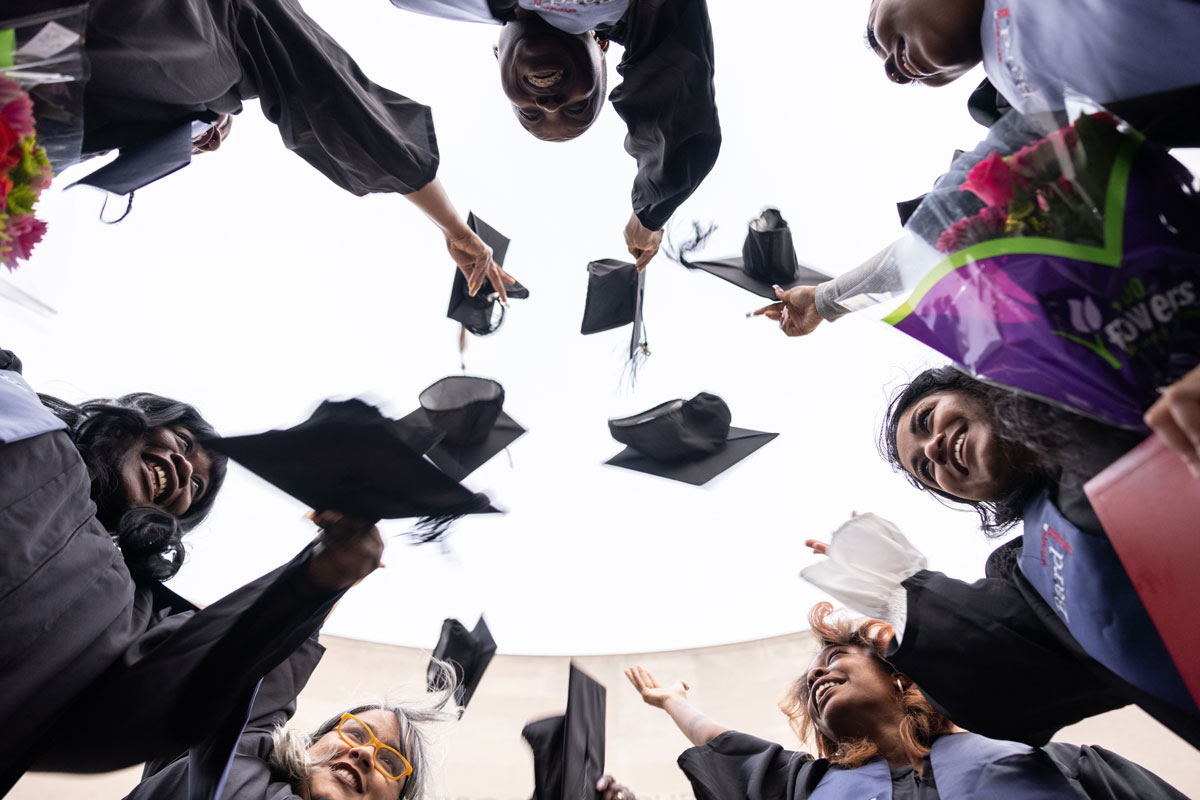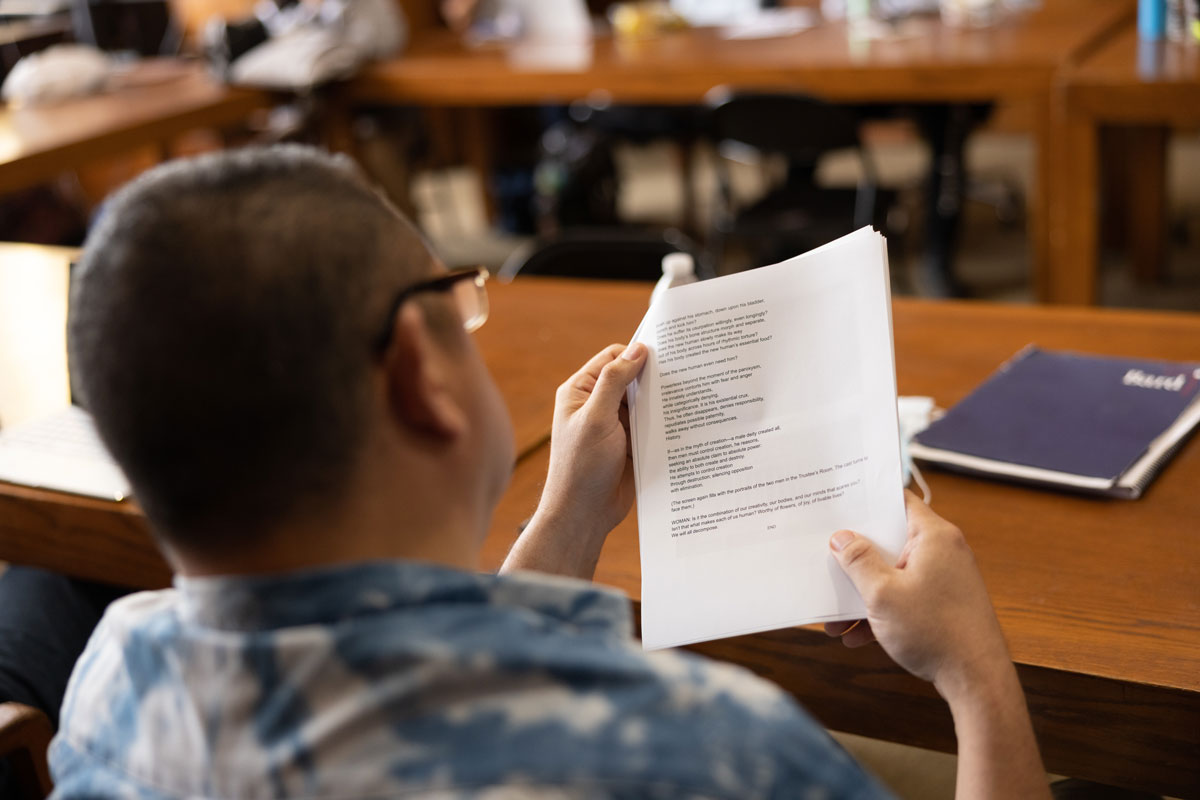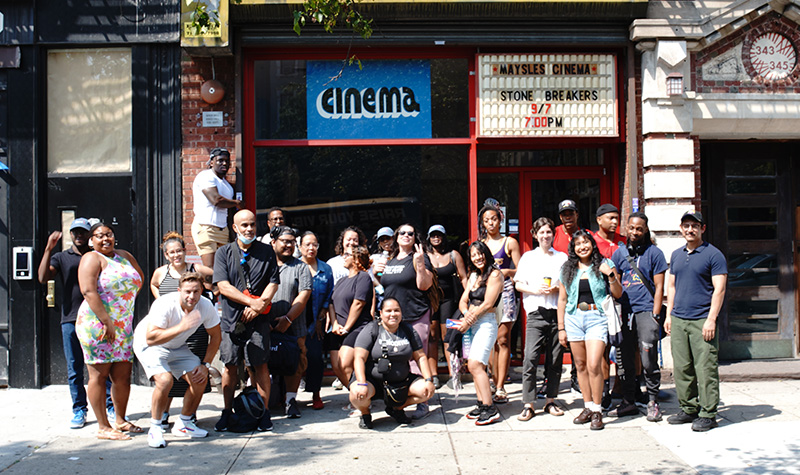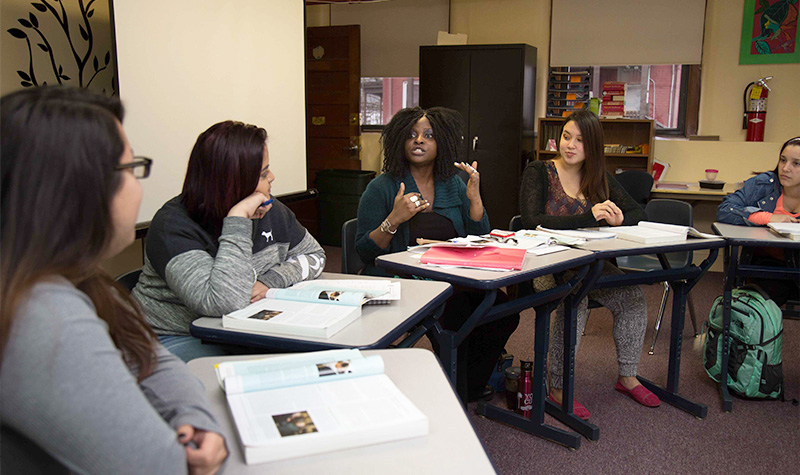The Global Novel
In this course, we will focus on how the novel navigates ideas of the self in its relation to history, memory, place, and the family, as well as in relation to education and social formation. We will ask: How do novels negotiate cultural and historical factors? How do ideas about the “self” emerge in tandem with histories of racism, colonialism, sexism, and environmental degradation? In what ways do the novels under discussion respond to one another or to a broader understanding of the novel as a literary form? Most importantly, throughout the course, we will ask how we read and consider how our reading practices confirm or challenge ideas about people, places, and events. In other words, this course is not only about reading global novels. It is a course in which we will think about the importance of reading and how reading shapes the ways we come to
know our world.
Introduction to Sociology
Sociology is a discipline that studies human life as it relates to groups of people: families, schools, economies, nations, and so on. The main learning objective of this course is to familiarize students with the field of sociology via exploration of its subfields, including but not limited to political sociology, gender and sexuality, race and ethnicity, crime and punishment, and urban sociology. Course readings will include works by Erving Goffman, Karl Marx, Devah Pager, and David Pellow, among others.
Found and Installation Art
By applying the elements and principles of art, students will create installation and found artwork in both two- and three- dimensions. Students will learn the full process of creating artwork: developing, researching, critiquing, creating models, execution, and documentation. Students will gain experience using a variety of materials from the natural, to the found and the man-made, to create artwork. General topics covered will include: installation, the archive and appropriation, collecting and curating found objects, working with earth and natural elements, site-specific interiors, scale. Required field trip to Mass MOCA.
Introduction to Statistics
Statistics are a set of mathematical methods for describing data and making inferences from samples to populations. In this course, students will learn to use statistics to: (1) better understand the nature of populations and samples; (2) communicate the nature of a data set to others; and (3) when and how to generalize characteristics of a particular sample or samples to the populations from which they were drawn. Topics include descriptive statistics, probability, binomial and normal distributions, sampling, hypothesis testing, confidence limits, t-tests, correlation and regression, and introductory analysis of variance. Students will have the opportunity to use statistical software, and will learn to think critically about the use (and misuse) of statistics in scientific and non-scientific literature.
Afrofuturism
From slave narratives to science fiction, Black literature contests the boundaries of the real. Otherworldly visions, tales from the underground, sounds from the future, and alien bodies recur in African American and African Diaspora literature, music, visual art, and performance. What is it about the Black experience that solicits the fantastic? This course examines the fantastic, futurist and speculative in Black literature and the arts. Drawing on fiction, theory, visual art, and sonic culture, we will explore Afrofuturism as a genre, consciousness, and aesthetic.
Graphic History: History through Comics and Cartoons
This course is designed to introduce students to historical research, analysis, interpretation, and writing, through the medium of comics. In Graphic History, we will look at comics as texts that we can analyze, interpret, think and write critically about, and also learn to engage with scholarly writing about comics. Comics have been used to tell history and to make it; to this end we will look at comics both as primary and secondary sources, and will also do our own historical storytelling in comics form.
Bioethics
Bioethics is the study of ethical issues arising from the biological and medical sciences. In this course, we will attempt to determine the moral status of activities such as abortion, human cloning, experimentation on human and nonhuman animals, organ donation, physician-assisted suicide, euthanasia, and more. While doing so, we will consider views on what it takes to have moral standing, whether there are degrees of moral standing, what it means to be a person, whether humans have greater moral standing than nonhuman animals, what makes a life worth living, what makes killing wrong, whether there is a moral difference between killing and letting die, and more.
History of the Sonnet
In this course, we will look at look at several centuries of sonnet-making — from Shakespearean sonnets, to sonnets from colonial Mexico, to contemporary sonnets by Bernadette Mayer, Terrance Hayes, Wendy S. Walters, Dianne Seuss, Ted Berrigan, Gwendolyn Brooks, Lucille Clifton, Emma Lazarus, Rosie Stockton, etc. We’ll think about the way the sonnet has often been associated with the grammar of romantic love (which, in many cases, was state-sanctioned love), and how modern and contemporary authors have reconsidered these logics to create poems of renewal.
Philosophy of Religion
In this course, we will attempt to answer questions such as: Does the fact that many natural parts of the world appear to be designed indicate that God exists? Must the universe have been caused to be and, if so, does this indicate that God exists? Is it true that if God is the greatest possible being, then God must exist? Do the variety and profusion of evils in this world give us reason to believe that God does not exist? Does the existence of nonresistant nonbelievers indicate that God does not exist? Evidence aside, is it acceptable — intellectually or morally — to have faith that God exists? Are we ever justified in believing that a miracle has occurred? Is morality based on God’s commands? Is immortality desirable? Would God ever send someone to hell? We will attempt to answer these questions by reading works by some of the foremost philosophical thinkers (historical and contemporary) on these issues, such as William Paley, Nicholas Everitt, Thomas Aquinas, Anselm of Canterbury, William Rowe, J. L. Schellenberg, and David Hume.
Beauty and Thievery in the Modern Museum
Museums preserve rare, precious objects and make them accessible to new publics. Yet these institutions have also been sites of controversy, critiqued as storehouses of colonial looting and for presenting elite views of what constitutes nature and culture. In this class, we will consider how museums display objects and how visitors interact with these spaces. Students’ first writing process will begin in the Brooklyn Museum. Meanwhile, readings on contemporary museums of art and history, as well as living museums such as Colonial Williamsburg, will set a foundation for our collective inquiry. As we investigate experiences and values associated with museums, we will learn about — and practice — academic approaches to studying them.
Introduction to Cognitive Neuropsychology
The purpose of this course is to introduce students to the basic structure and function of the human brain, particularly as it relates to cognition, learning, consciousness, and emotion. Students will study the basic functioning of neurons as well as the organization of the brain, with a focus on the areas in the brain involved in all aspects of cognition, including language, memory, social behavior, affect, spatial behavior, and attention. In the latter part of the course, students will be introduced to the neurological bases of psychological disorders (especially those of thought and emotion) as well as our understanding of the brain’s plasticity and its ability to be repaired and repair itself.
Money in Antiquity
In this course we shall investigate the ancient world through one of its most fundamental institutions: money. We will learn about different types of ancient money, including coinage, bullion, grain and credit, the various coins used by the Greeks and Romans (as well as other groups, such as ancient Mesopotamians, Persians, Indians and Jews), and about the different methods used to study them. The course takes an interdisciplinary approach to major topics in the history of money, including the origins of coinage, monetization, imitations and forgeries, debasement, trade, and the politics of issuing coins. We shall think about economics and social history, as well as the role played by coins in archaeology, and the complex ethical (and legal) issues surrounding the modern practice of coin collecting. Reading assignments are drawn from the Oxford Handbook of Greek and Roman Coinage, which provides introductions to the various coinages under discussion; these include the coins of ancient Persia (Achaemenid, Parthian, Sasanian), Greece (Archaic, Classical, Hellenistic), Rome (Republican, Empire, Provincial, Late Antique), Indian (Greco-Bactrian, Kushan), early medieval Europe, early Islamic and ancient Chinese spade and knife money.




